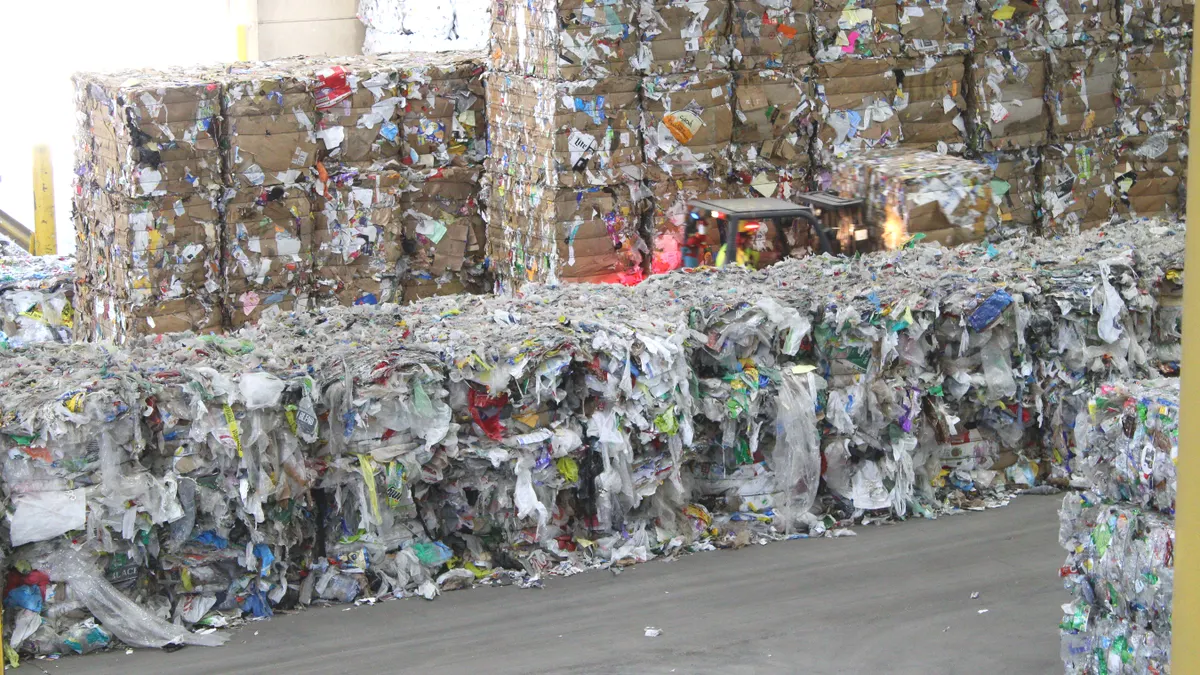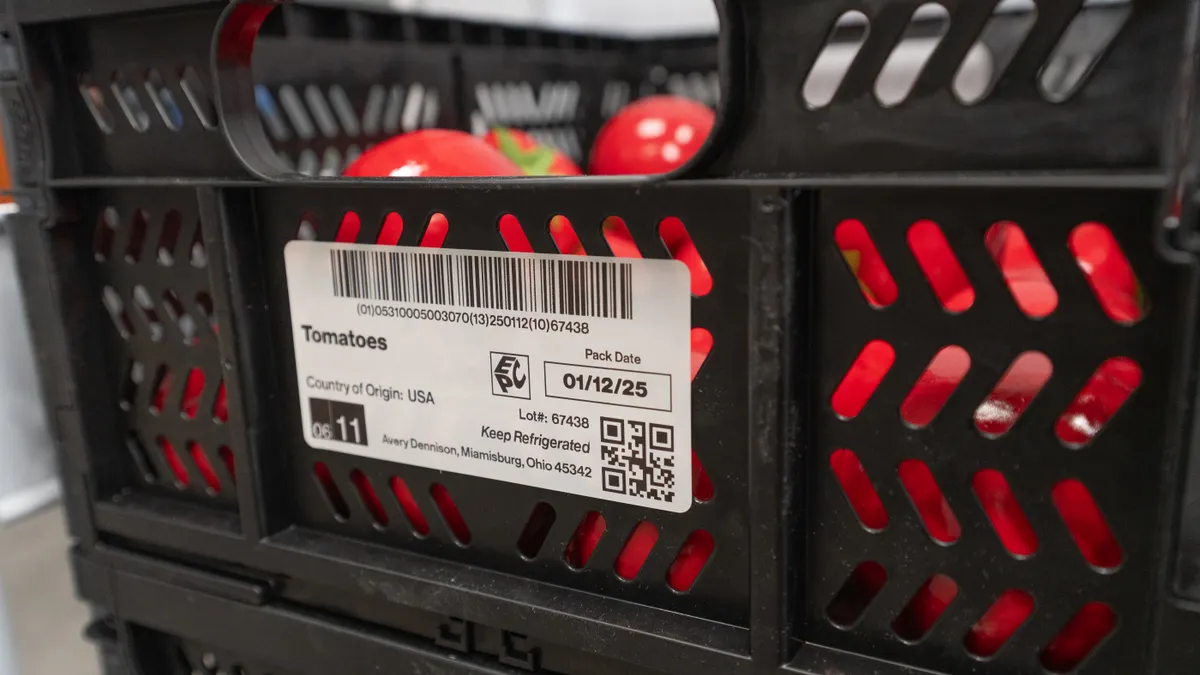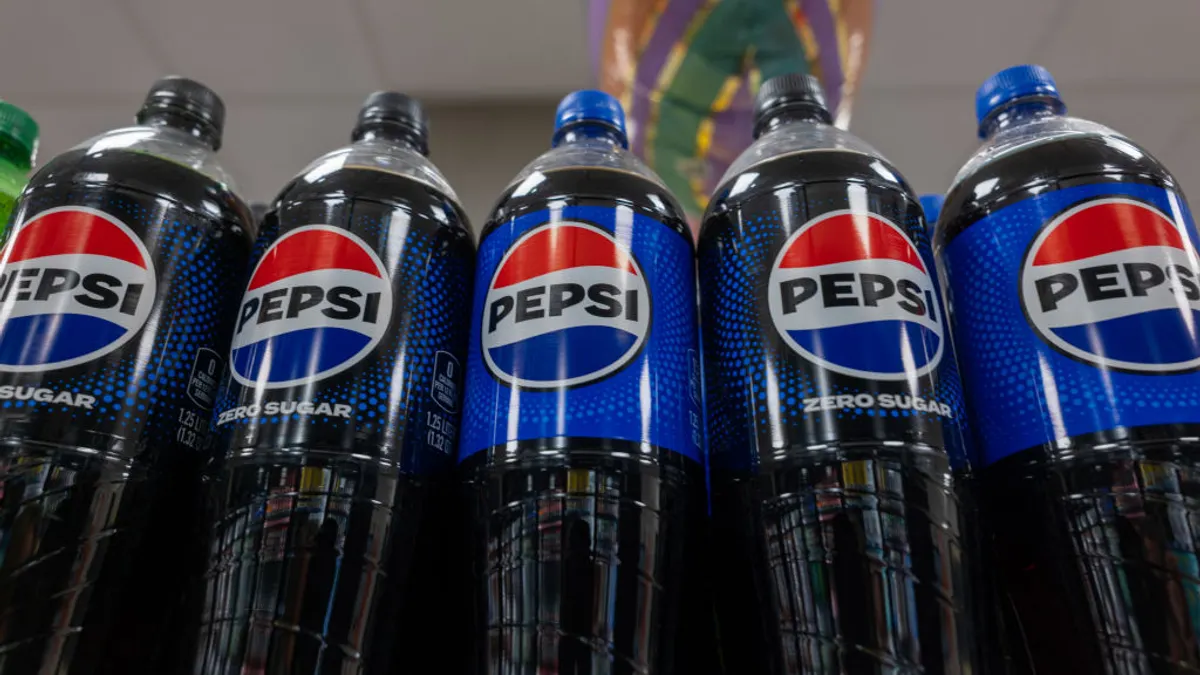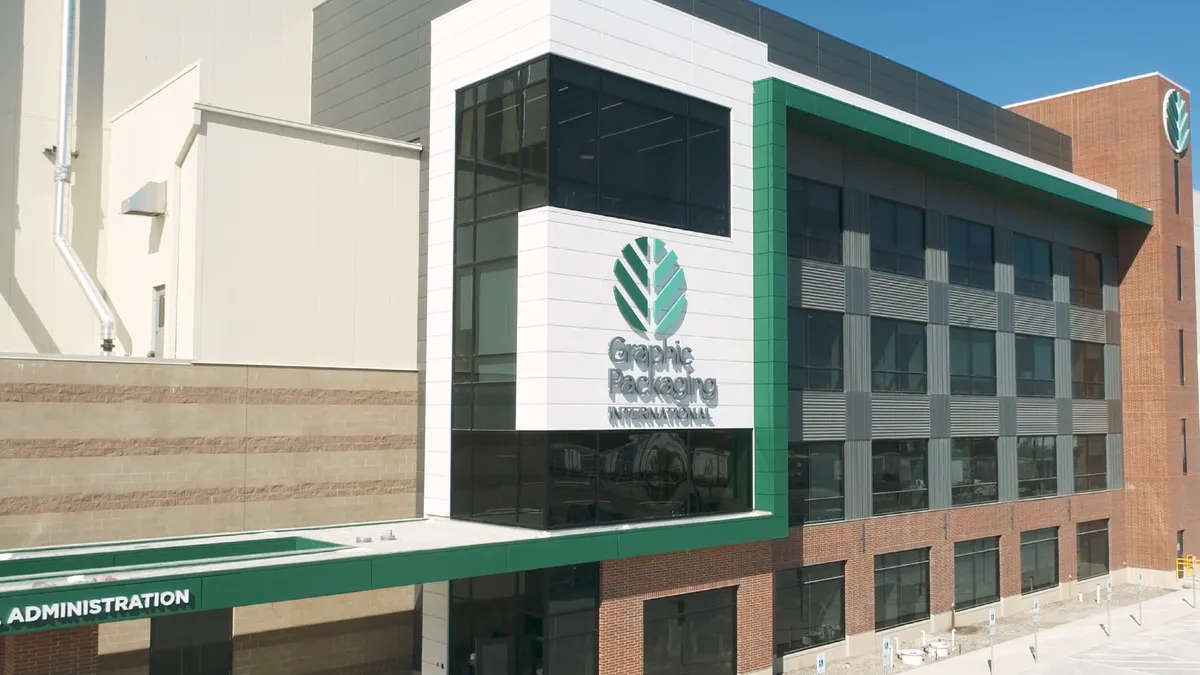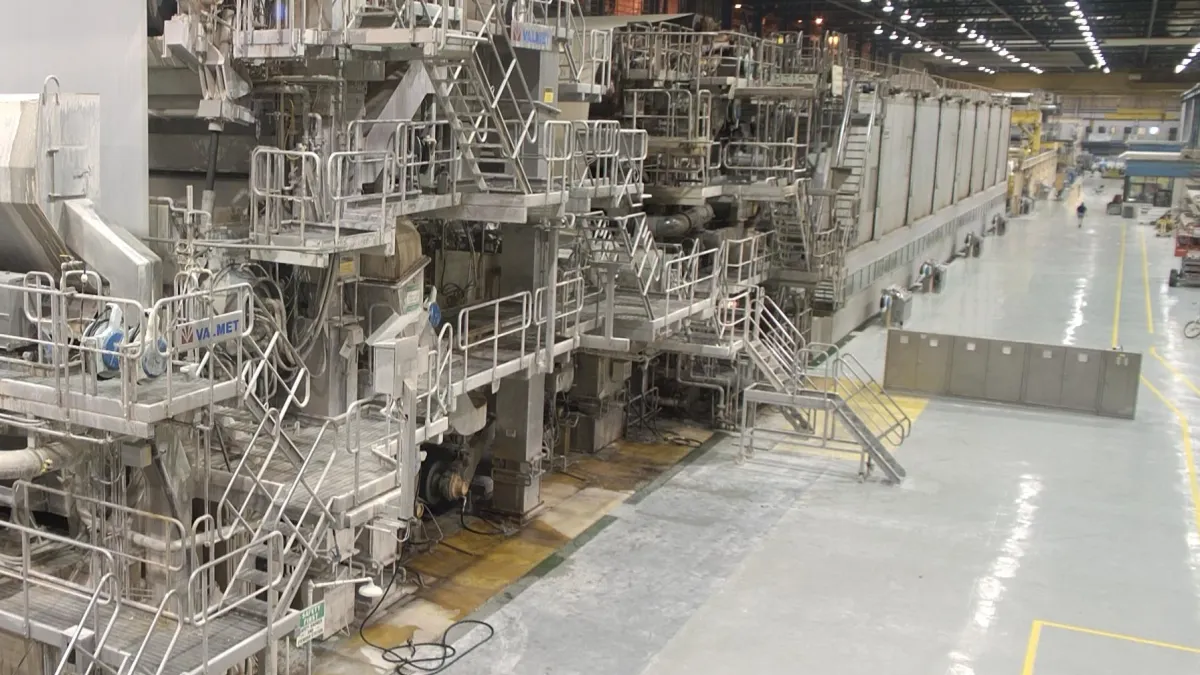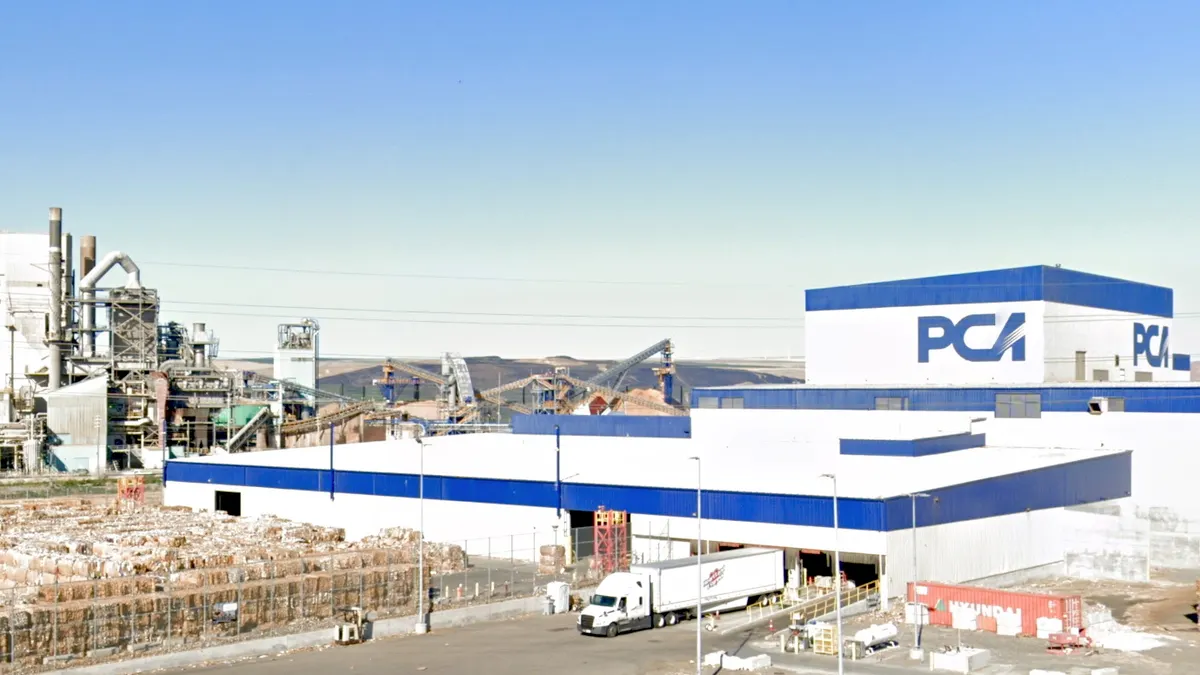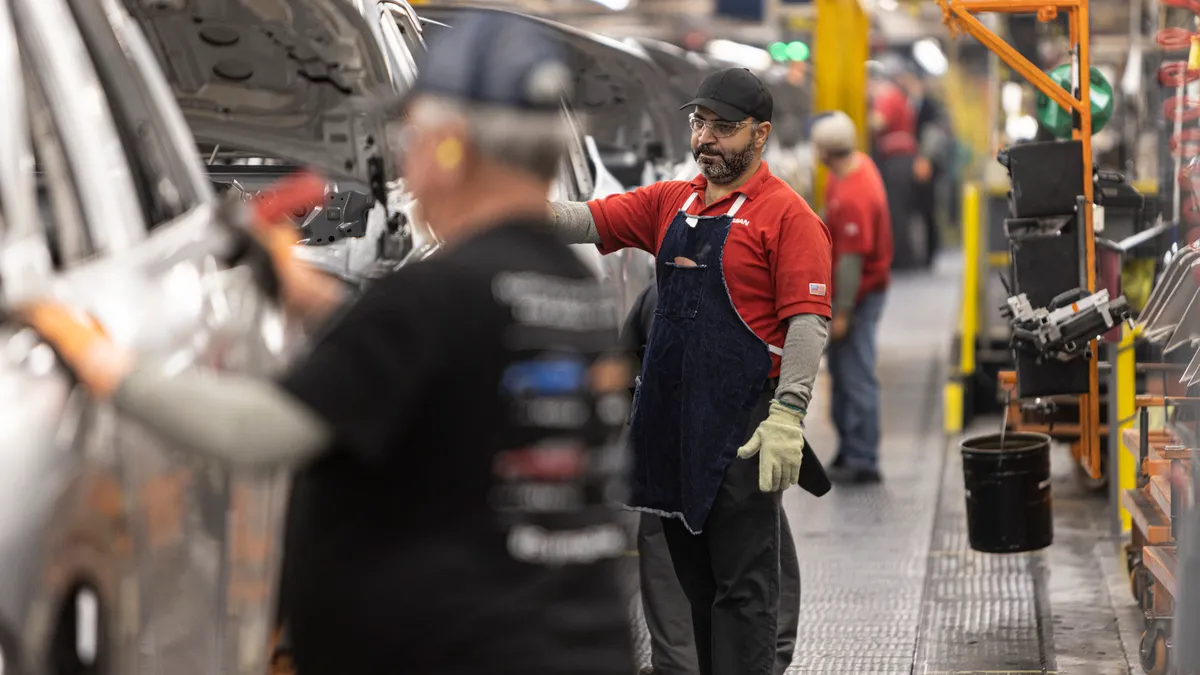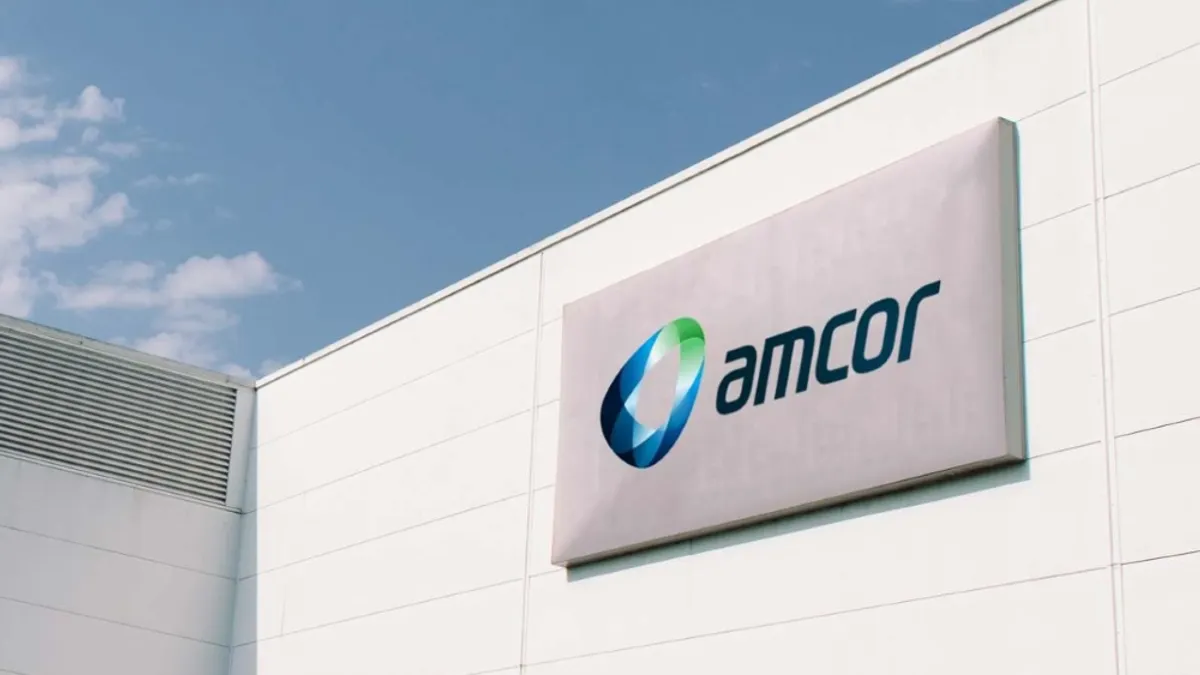Plastic film recycling is not for the faint of heart.
Companies are advancing technologies and opening new mechanical and chemical recycling facilities. Yet persistent challenges with end markets, postconsumer recycled content demand and overall economics continue to plague recyclers’ attempts at film recycling progress, according to speakers at the Paper and Plastics Recycling Conference on Oct. 16. And just this week another film recycler confirmed a plant closure.
Commonly used plastic film products such as food packaging and retail bags are still not accepted in most U.S. curbside recycling streams, so much of the film that recyclers seek comes from commercial entities like big box stores. That source is viewed as much less contaminated than curbside streams.
WM is among the recyclers that have tried curbside film recycling pilots in recent years, but permanent initiatives largely haven't yet taken hold. There's potential for that to change, though, as recyclers explore film collection and processing technologies, PPRC speakers suggested.
WM currently has about a dozen MRFs outfitted to collect film, including the location in Germantown, Wisconsin, that reopened in 2024 following upgrades. WM bales that film and sells it as a commodity, although the initiative is considered to be a pilot, and it has been slow to ramp up due to a lack of end buyers.
“This is only incidental film. Before we turn on the spigot, we want to make sure there's viable end markets,” said Ganesh Nagarajan, senior director of plastics at WM, during the PPRC session.
He noted it's "hard to pull back" once a MRF adds a material to be accepted curbside. There's also a question of whether there's enough return on investment for MRFs to add equipment to capture film and then sell it as a commodity.
“The amount of film that you're collecting incidentally today may not have the critical mass to make those investments at the primary level,” he said.
One step forward, two steps back
Nagarajan also highlighted Natura PCR, the film processing operation that WM acquired.
“There's a lot of technology in that investment that went into building that plant. So we hope to get a lot more film,” he said during the Oct. 16 conference session.
But just days later, Resource Recycling reported that WM had closed its Natura PCR plant in Texas mere months after opening it, citing “adverse market conditions.” The company told Packaging Dive’s sister publication Waste Dive that it might evaluate reopening the plant if PCR market conditions and demand improve.
Similarly, a new Myplas USA plastic film recycling facility in Rogers, Minnesota, closed suddenly last year after only a couple months of operation due to financial difficulty. GDB Circular, a company that processes and pelletizes the material for use in products such as food-grade packaging, acquired the Minnesota facility in September 2024. GDB Managing Director Raj Bagaria, who was also a speaker on the PPRC panel, told Packaging Dive during an interview that the Rogers location has now become a flagship facility.
Earlier this year, Nova Chemicals also opened its first plant to produce polyethylene from mechanically recycled postconsumer plastic film. Novolex will operate the Indiana facility, which partners have said they hope is fully operational by year’s end. Currently, the facility is in the commissioning phases and “we’re at our last steps right now,” said Scott Fidler, manager of commercial recycling feedstock at Nova Circular Solutions, during the PPRC session.
Alongside the start-and-stop progress with mechanical recycling plants, chemical recyclers also are establishing facilities. But getting traction is a similarly slow process.
Nexus Circular uses pyrolysis to break down plastic scrap to its original molecular structure and then sells that oil to other companies that use it to make plastics or other products. Nexus ran a pilot plant for four years, ran its first demonstration commercial plant from 2018 to 2023, and now has honed the technology to scale up. It's currently building a 600,000-square-foot plant, said Clint Thompson, chief commercial officer at Nexus.
“We think it's so important from the investment level that you have a good financial sponsor, so you're not always raising money, and you're focusing on making the right decisions for the business,” he said, noting that Nexus is backed by Cox Enterprises. “It's great to have a partner like that so that you don't have to keep going back to the market, especially when there's ups and downs in the market that we're seeing today.”
Scrap quality matters for chemical recycling as well, and that makes film suppliers pay close attention to meeting specifications, said WM's Nagarajan.
“If you're making small amounts of pyrolysis oil, or some of the advanced recycling end markets, you could live with some of those contaminants. But as you grow in scale, if you're building 100,000-ton, 200,000-ton capacities, then every little bit of contaminant matters,” he said. “So that's kind of a challenge.”
Sticking points
Plastic film has highly variable quality levels that can be observed bale to bale and even week to week at the same facility, Bagaria said. In fact, it’s the most variable among all the commodity grades of plastic scrap in the U.S., he said.
“The problem is variability,” Thompson agreed. “It's the biggest pain for all of us to have to deal with.”
Ensuring high quality adds cost to the equation and sometimes ruins the economics of film recycling, speakers explained. Even adding a few cents per pound of product adds up quickly.
“If I get something that's highly contaminated, that doesn't convert to a product that I can sell. So if I lose 10 to 15% of my revenue off the bat, that's a big deal,” Thompson said, noting that making this work for entities across the supply chain takes “a fine balance.”
“It's important for us, as we develop an industry, to make sure we're putting everything in perspective and we turn the economics,” Thompson said. “We can't compete with the landfill for what we pay, but we can certainly compete with an incinerator.”
Speakers repeatedly referenced two major holdbacks: lagging end markets and low demand for PCR.
Although scale is achievable from a technology standpoint, “markets have to be sustainable, predictable and provide the right value for the investments we are making today,” Nagarajan said. “Just increasing the supply doesn't address the problem,” nor does establishing “just one end market.” That could involve policy, such as extended producer responsibility for packaging laws or recycled content mandates, speakers said.
They agree that end users — namely, brands — need to step up their PCR demand, including for film. “I can comfortably say that where we were a year ago versus today, we have regressed. So many brands have taken a step back ... in their usage and commitments,” Bagaria said.
Cost plays heavily into brands' willingness to fulfill their PCR commitments. With virgin resin continuing to be notably cheaper than recycled resin, brands often forego PCR use, speakers said.
“We see the gulf between recycled resins versus virgin resins and bottom lines,” Thompson said. But the public and companies' shareholders care about sustainability, which will “drive some [brands] to say regardless of cost — within reason — that we want to work towards having some type of recycled content in our packaging.”


